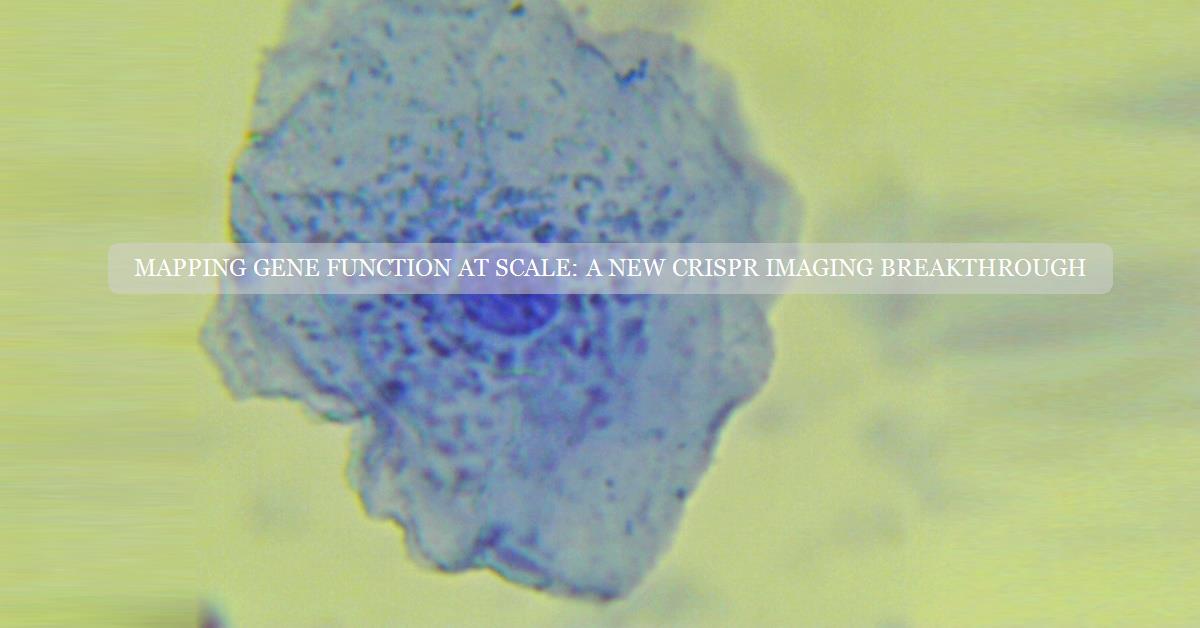Key points from article :
Researchers at the Broad Institute of MIT and Harvard, in collaboration with Calico Life Sciences, have developed PERISCOPE, a novel method that integrates microscopy imaging with genome-scale CRISPR screens. Published in Nature Methods, this technique enables scientists to study how turning off specific genes affects cell morphology, creating a large-scale, cost-effective resource for understanding gene function. By combining two existing technologies—Cell Painting and Optical Pooled Screening—PERISCOPE systematically analyses over 20,000 genes and their impact on hundreds of cellular features. The approach is significantly cheaper than high-throughput RNA sequencing and adaptable to various cell types.
Led by J. T. Neal, Anne Carpenter, Paul Blainey, and Calvin Jan, the research has resulted in an open-source atlas linking gene function to cell structure. Using a barcoding system, the method enables large-scale genetic screening, revealing new biological insights. For instance, the study identified TMEM251’s role in lysosomal enzyme trafficking, shedding light on its connection to a rare genetic disorder. The team is now working to enhance PERISCOPE by expanding its imaging capabilities and applying it to cardiometabolic diseases, rare genetic conditions, and neurodegenerative disorders like Parkinson’s. Neal envisions that PERISCOPE will enable unprecedented large-scale genetic interaction studies, transforming our ability to explore complex biological pathways.







